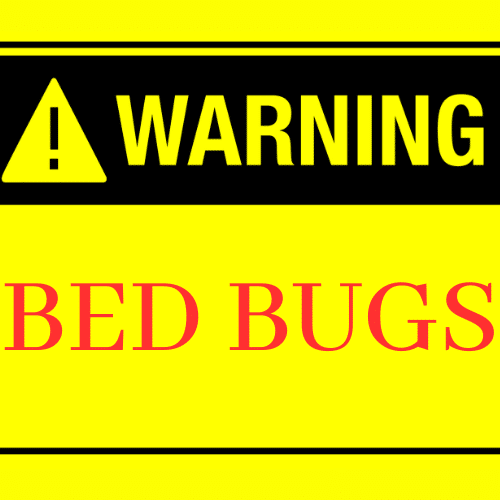
27 Jun Warning Signs of Bed Bugs
Bed Bug Detection Tips
Early detection of bed bugs is crucial for managing and eliminating infestations effectively. Bed bugs can cause significant discomfort and anxiety, making it important for South Florida residents, homeowners, and business owners to know how to spot the signs of an infestation. As professional pest control experts, we at Pest Busterzz are here to help you identify and address bed bug problems using natural and effective methods.
Bed bugs are small, reddish-brown insects that feed on the blood of humans and animals. Adult bed bugs are about the size of an apple seed, making them visible to the naked eye. However, their eggs and nymphs are much smaller and harder to detect. Bed bugs typically hide in cracks and crevices during the day and come out at night to feed. Common hiding places include mattresses, furniture, baseboards, and even electrical outlets.
Bed bugs are resilient and can survive in various environments, making them a challenge to control. They can go without feeding for several months, allowing them to persist even in unoccupied spaces. Understanding their behavior and habitat is essential for effective detection and treatment.
How to Detect Bed Bugs
Bite Marks: One of the most noticeable signs of a bed bug infestation is bite marks on your skin. Bed bug bites usually appear as small, red, itchy welts. They often occur in clusters or lines, as bed bugs tend to feed multiple times in one area. Common bite locations include the arms, legs, neck, and face. However, bite marks alone are not definitive proof of bed bugs, as other insects can cause similar reactions.
Blood Stains: Another indication of bed bugs is blood stains on your sheets and pillowcases. These stains are small, rust-colored spots that result from bed bugs being crushed after feeding. You may also find blood stains on clothing and upholstered furniture where bed bugs hide.
Fecal Spots: Bed bugs leave behind dark, fecal spots on various surfaces. These spots are small and black or brown, resembling ink dots. You may find them on your bedding, mattress seams, walls, and baseboards. Fecal spots are a clear sign of bed bug activity and should prompt further inspection.
Shed Skins and Eggs: As bed bugs grow, they shed their skins, leaving behind light brown, hollow shells. These exoskeletons are often found in infested areas. Additionally, bed bugs lay small, white, oval eggs in crevices and cracks. These eggs are difficult to spot but are a key indicator of an infestation.
Musty Odor: In severe infestations, you may notice a sweet, musty odor. This odor is caused by pheromones released by bed bugs. While the smell alone is not definitive proof, it can be a helpful clue in conjunction with other signs.
Visual Guide to Bed Bug Detection
Conducting a thorough visual inspection is the first step in detecting bed bugs. Start with your bedding and mattresses. Check the seams, tags, and under the sheets for any signs of bed bugs. Examine furniture and carpets, especially the seams and undersides of cushions. Look around baseboards and walls for fecal spots or shed skins.
Using a flashlight and magnifying glass can help you spot bed bugs in dark, hidden areas. Shine the flashlight along seams and crevices while using the magnifying glass to inspect small spots or eggs. These tools can make the inspection process more effective and thorough.
If you suspect a bed bug infestation but are unsure, it’s best to call in professionals. Pest control experts have the training and experience to identify bed bugs accurately. They use specialized tools and techniques to detect even the smallest signs of an infestation. Professional inspections are especially important for business owners, as bed bugs can harm your reputation and disrupt operations.
Immediate Bed Bug Actions
If you discover bed bugs, take immediate steps to isolate the affected area. Avoid moving infested items to prevent spreading the pests to other areas. Remove and seal any items you believe are infested in plastic bags until they can be treated.
For minor infestations, you can try several DIY treatments. Vacuuming regularly can help remove bed bugs and their eggs from carpets, furniture, and cracks. Ensure you empty the vacuum cleaner outside to prevent re-infestation. Heat treatment is another effective method. Wash and dry infested items on high heat to kill bed bugs. Additionally, using DIY bed bug sprays made from non-toxic ingredients can help treat visible bed bugs.
Severe infestations often require professional intervention. Pest control experts can provide comprehensive treatment options that effectively eliminate bed bugs. Common professional treatments include heat treatment, which raises the temperature to levels lethal for bed bugs, and chemical treatment, which uses safe pesticides to eradicate the pests. Professionals also offer ongoing monitoring to ensure the infestation does not return.
Routine Bed Bug Inspections
Conducting regular inspections can help you catch bed bug problems early. Routine checks of common hiding places, such as mattresses and furniture, can prevent a small problem from becoming a major infestation. Using bed bug interceptors and other monitoring devices can also help detect early signs of bed bugs.
When traveling, inspect hotel rooms for signs of bed bugs. Check the mattress, headboard, and furniture for any indications of bed bugs. Keep your luggage off the floor and use luggage racks. When returning home, inspect your luggage and wash all clothing on high heat to kill any bed bugs that may have hitched a ride.
Maintaining a clean and clutter-free home is crucial for preventing bed bug infestations. Regularly vacuuming, dusting, and decluttering can reduce hiding places for bed bugs. Seal cracks and crevices in walls and furniture to prevent bed bugs from establishing a presence. Proper waste management, including disposing of old mattresses and furniture correctly, can also help prevent infestations.
Conclusion
Spotting signs of a bed bug infestation early is key to preventing extensive damage and discomfort. By understanding the indicators of bed bugs and taking prompt action, you can protect your home or business from these persistent pests. Regular maintenance, vigilant inspections, and professional pest control services are essential for keeping bed bugs at bay.
At Pest Busterzz, we are committed to providing safe, effective, and environmentally friendly pest control solutions. Contact us today to learn more about our services and how we can help you maintain a bed bug-free environment. Together, we can create safer and healthier communities in South Florida.


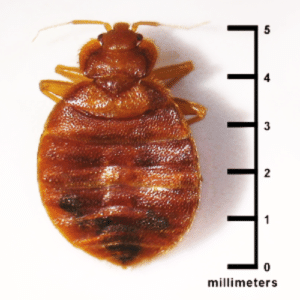
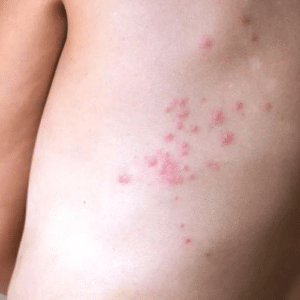
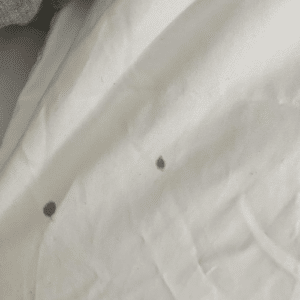
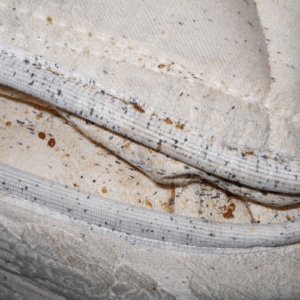
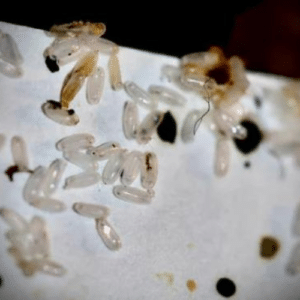

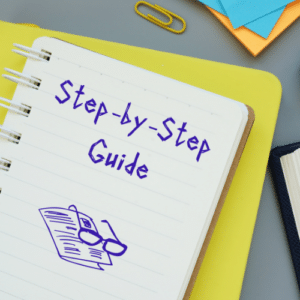
No Comments